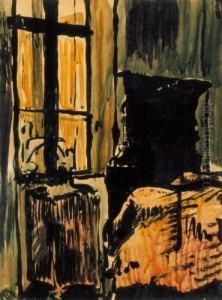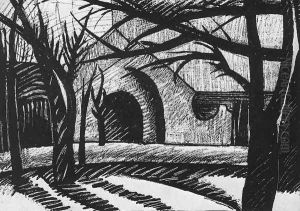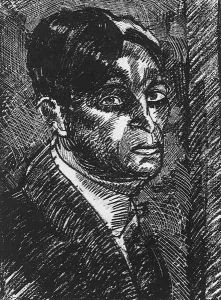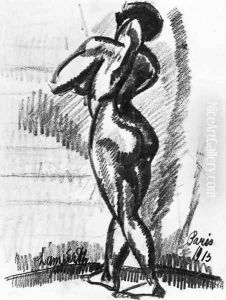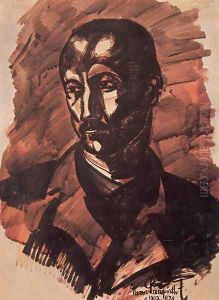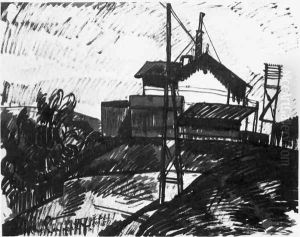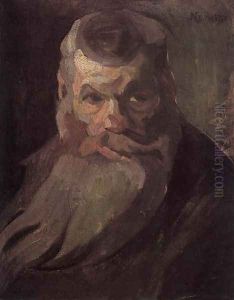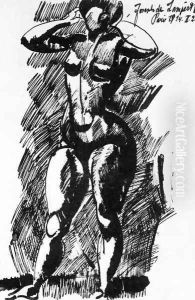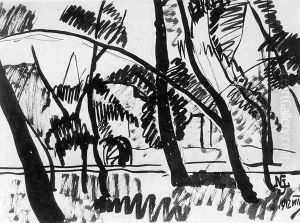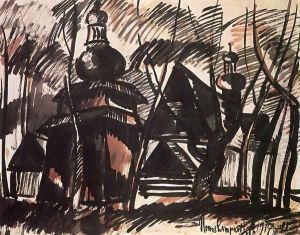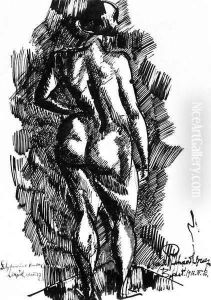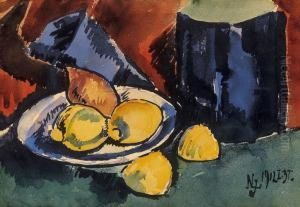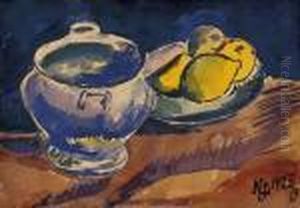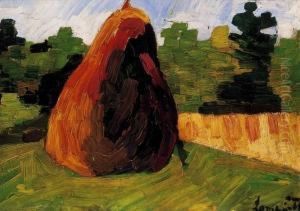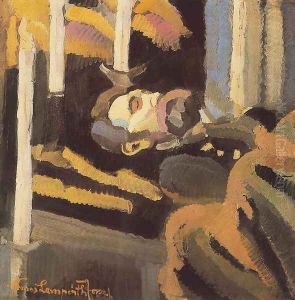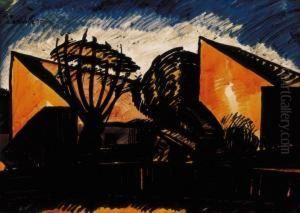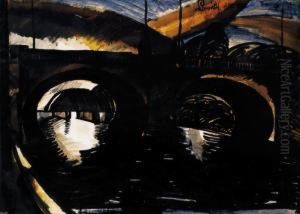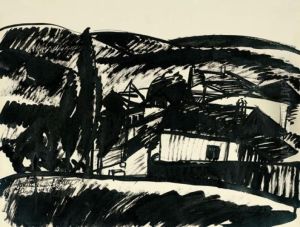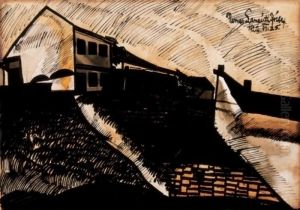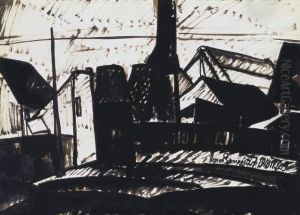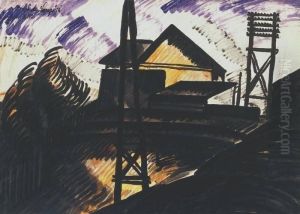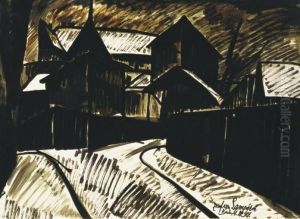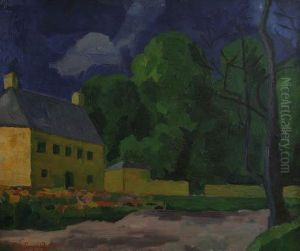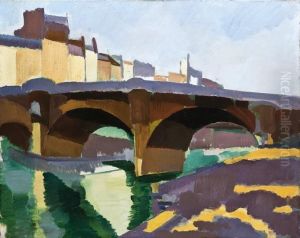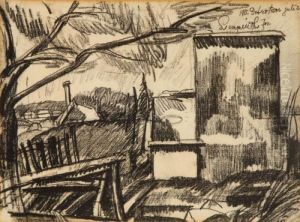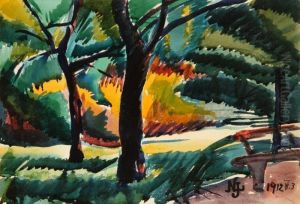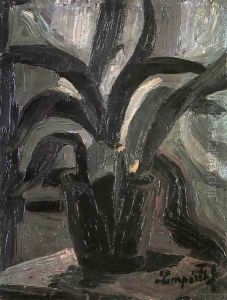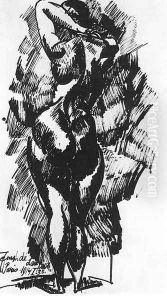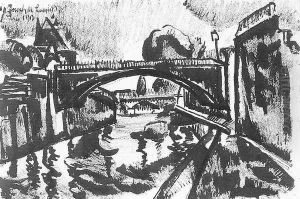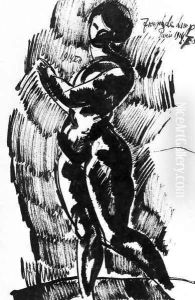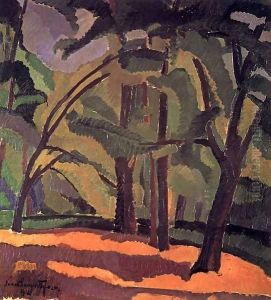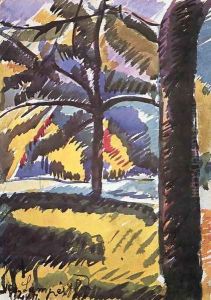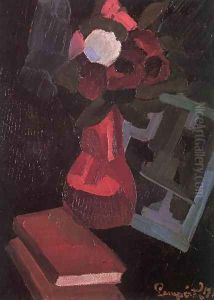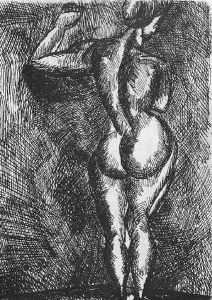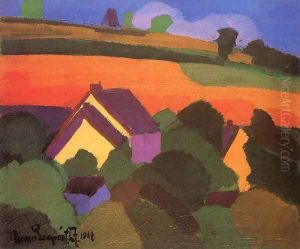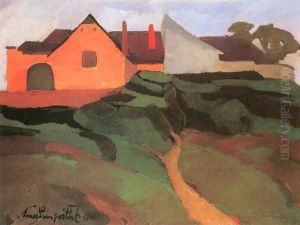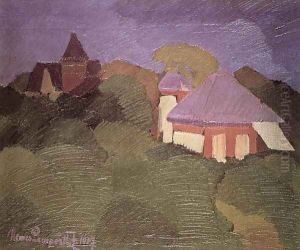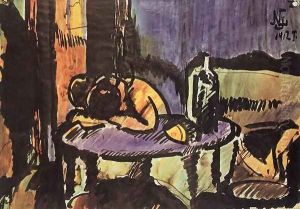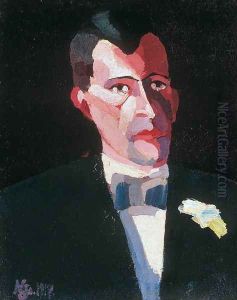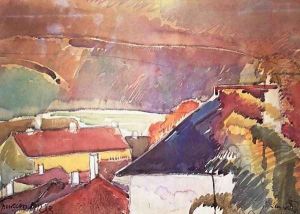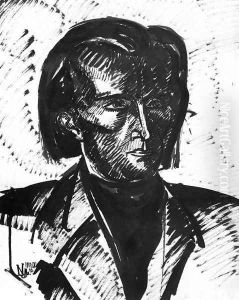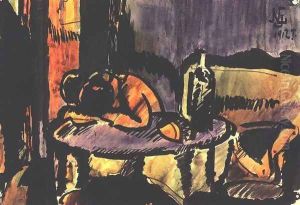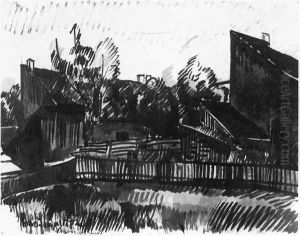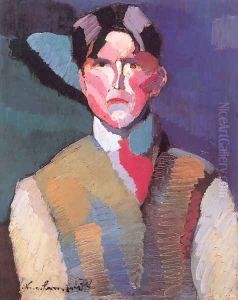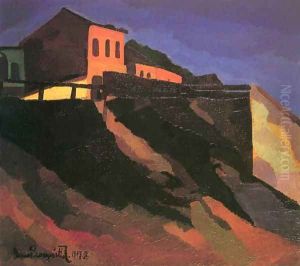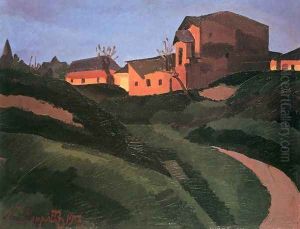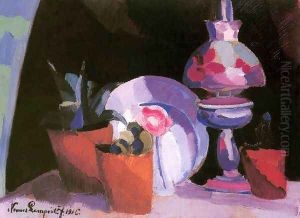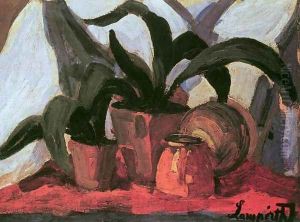Jozsef Nemes Lamperth Paintings
József Nemes Lamperth was a Hungarian painter, known for his significant contribution to Hungarian art in the early 20th century. Born on January 1, 1891, in Zalaegerszeg, Hungary, he showed artistic talent at an early age. Lamperth studied at the Hungarian University of Fine Arts in Budapest, where he was influenced by the works of the Nagybánya artists, a group that was crucial in bringing modern artistic movements to Hungary.
After his studies, Lamperth continued to develop his style, which was characterized by a bold use of color and a tendency to blend elements of Post-Impressionism with those of the Nagybánya school. He was particularly interested in the effects of light and often painted landscapes, still lifes, and genre scenes that reflected his fascination with natural light and its interplay with the environment.
In 1919, Lamperth became a founding member of the Kéve (Sheaf) circle, a group of artists who sought to create an authentically Hungarian style of art, free from foreign influences. However, the political and social turmoil in post-World War I Hungary, especially the rise of conservative forces, created a challenging environment for avant-garde artists like Lamperth.
Despite these challenges, Lamperth continued to exhibit his work and gained recognition for his contributions to Hungarian art. His works were characterized by a strong emotional content, and his paintings often conveyed a sense of melancholy or introspection.
Tragically, József Nemes Lamperth's life was cut short when he died on September 4, 1926, at the age of 35. His career, though brief, left a lasting impact on Hungarian art, and his works are still celebrated for their vibrant colors and expressive quality. Lamperth's paintings can be found in many public collections, including the Hungarian National Gallery, where they continue to inspire new generations of artists and art lovers alike.
